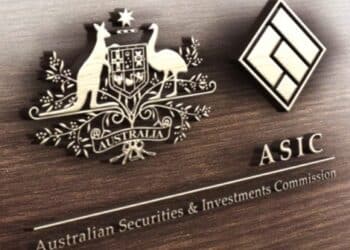BetaShares’ chief economist, David Bassanese, said the Australian dollar has been “remarkably resilient” in 2016, and based on a valuation model similar to that used by the Reserve Bank, is currently trading 4 per cent higher than its fair value.
Based on Australia’s terms of trade and real, short-term interest rate differentials, fair value for the Australian dollar would be 72 US cents rather than the 75 US cents at which it has been trading, he said.
“By the standard of recent years, the Australian dollar is still overvalued, but not to the degree seen in late 2012/early 2013 and again in mid-2014 when overvaluation was around 10 per cent,” he said.
The Reserve Bank said recently that Australia’s terms of trade are unlikely to change significantly within the next two years, which would mean that downward pressure on the dollar will primarily come from interest rate differentials, Mr Bassanese said.
“That said, the model suggests interest rates effects are quite modest compared to terms of trade effects,” he said.
“In fact, the model suggests that a 1 per cent rise in US short-term interest rates – which in itself would be a very aggressive move within a year – would, all else constant, only lower fair value for the Australian dollar to around US$0.70.”
However, he cautioned that the Reserve Bank’s terms of trade forecasts have “not been great” historically, and added that when other metrics are analysed, such as purchasing power parity and the relationship between historical Australian and US dollar movements, downside risk became more likely than upside.
“Based on the view that commodity prices and the terms of trade will likely fall further, and that US interest rates and the US dollar will likely rise, there still seems more downside than upside risk to the Australian dollar from current levels,” Mr Bassanese said.
“A sub-US$0.70 Australian dollar value would also be consistent with long-run purchasing power parity.”
Read more:
Global listed infrastructure set to boom
OneVue hires client services head
Disruption could drive low inflation: HSBC







